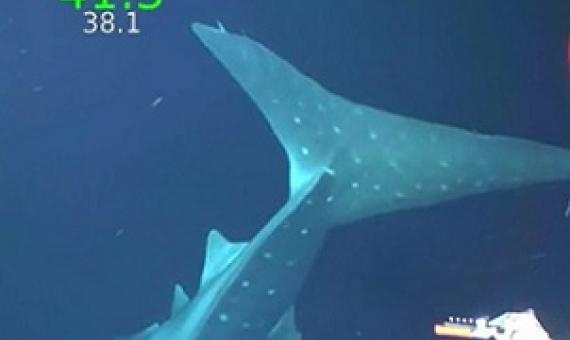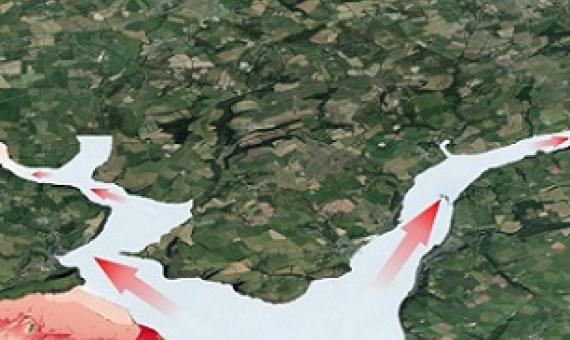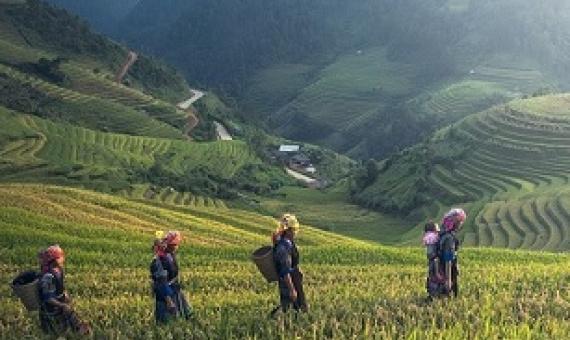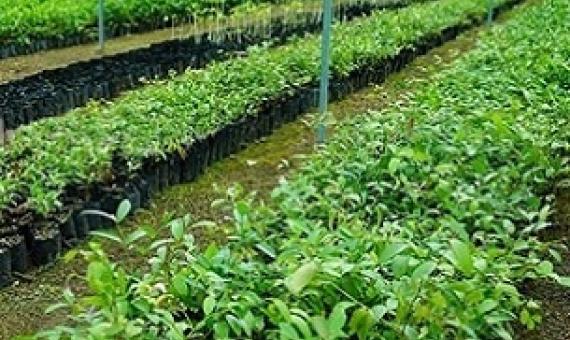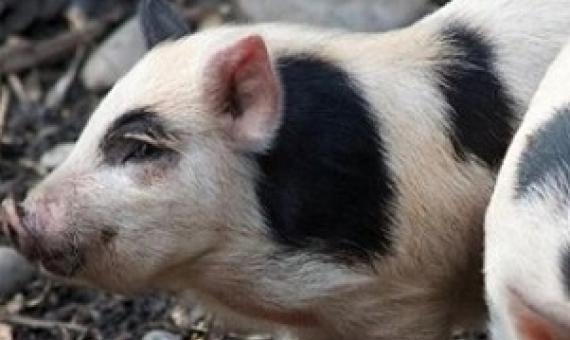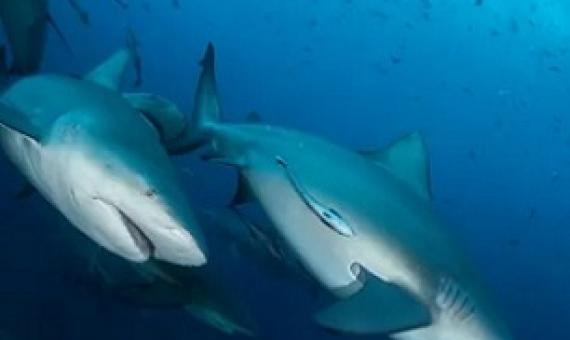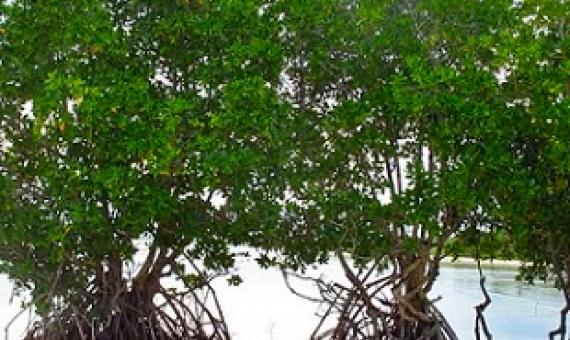New research from Binghamton University, State University of New York suggests that the demographic collapse at the core of the Easter Island myth didn't really happen.
Marine scientists aboard Schmidt Ocean Institute's research vessel Falkor have identified likely new marine species and deep sea organisms on nine seamounts that were explored for the first time in the remote Phoenix Islands Archipelago.
Coastal wetlands—such as salt marshes—provide even more flood protection than previously thought, reducing the risk to lives and homes in estuaries, a new study has revealed.
A herpetofauna with dramatic endemism signals an overlooked biodiversity hotspot
The Milne Bay Region of southeasternmost Papua New Guinea comprises a small portion of mainland New Guinea and several offshore islands, totaling 15,000 km2 in land area. I numerically summarize the literature and fndings from my feld surveys of the region’s herpetofauna and show that it contains the greatest known assemblage of range-restricted endemic herpetofauna globally for such a small area. Further, most of these species occupy only one or two of 11 small areas of local endemism within the region.
Five Simon Fraser University scholars are among international scientists sounding an alarm over the "pervasive social and ecological consequences" of the destruction and suppression of the knowledge systems of Indigenous Peoples and local communities.
Tonga is looking to produce a seed collection and storage system to strengthen food security. Seeds may include local fruits and traditional medicinal plants as well as indigenous plants.
Worldwide, 267 million people live on land less than two meters above sea level, which is most at risk from sea level rise, according to a study in Nature Communications.
Wild pigs (Sus scrofa), one of the most widely distributed mammals on the planet, have gained notoriety in recent decades due to their devastating impacts to agricultural crops and threats to species of conservation concern. Recent findings of a team of researchers from the Un
A recently published study from Fiji shows that bull sharks develop companionships – with some sharks showing preferences for certain individuals and avoiding others.
Decision-makers around the world are increasingly interested in using ecosystem solutions such as mangroves, coral reefs, sand dunes and forests on steep slopes to help buffer the impacts from hazard events and protect populations.


